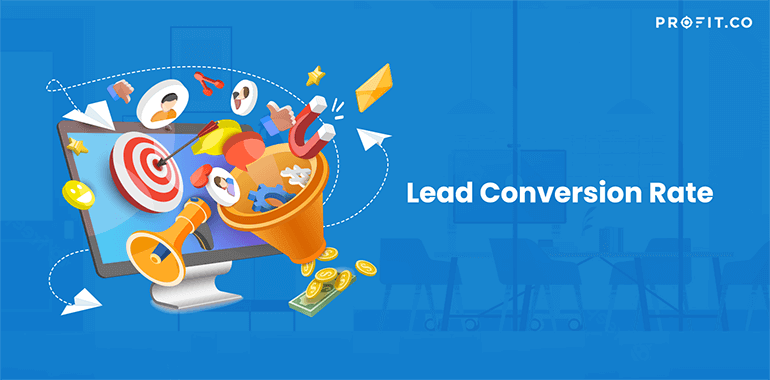Without a doubt, one of the most significant measurements for tracking your marketing process is the lead conversion rate. Lead conversion aims at defining the changes from a lead to another buyer stage. To that end, if you understand what lead conversion actually entails, you can maximize it.
The truth is that many businesses fail to track their efforts when it comes to marketing. This is a widespread mistake. And simply trying different strategies without assessing the return of each investment is definitely a wrong approach.
That doesn’t mean you have to be the marketer. It simply means you should understand a few quintessential metrics regarding your sales funnel so that you can optimize your financial efforts.
Defining a Lead
Talking in marketing terms, a lead can represent either a person or an entity (in a business). Essentially, the entity can potentially show interest in buying a specific product or service. Obviously, some leads can be better than others. In plain English, a lead is considered hot when it is more likely to make the purchase when compared to a cold lead that might not be as interested in the product or the service.
Defining a Conversion
Moving on, the conversion represents the action you can aim at defining. It could represent a purchase, a social share, a newsletter sign-up, a contact form submission, a phone call, or the given time spent by a visitor on a web page – the possibilities are limitless.
Considering that a conversion can be defined in many ways, many small businesses cannot determine where their conversions come from, as they don’t track them. But why is it so important to pinpoint the conversion rates of your business? This is of utmost importance because it allows you to comprehend the way in which your sales funnel performs. At the same time, you can pinpoint the marketing venues that facilitate the highest return on investment (ROI).
Calculating the Lead to Conversion Rate
The good news is that calculating the conversion rate isn’t that complicated. In fact, the formula is quite simple. More specifically, the
Let’s take an example. For instance, considering that your website had approximately 17,492 visitors and 2,305 conversions within the last month, this would mean that your conversion rate is 13.18 percent.
The Importance of Getting Meaningful Data
When calculating your conversion rate, it is mandatory to ensure that the quality of your data is accordingly. For example, some campaigns might have a conversion rate of 100 percent, when, in fact, they’ve only had one visitor. With that in mind, in the case in which your traffic isn’t big, it can be challenging to rely on your results.
At the same time, it’s worth mentioning that conversion rates depend entirely on the quality of your traffic and the specifications of your business, industry, and so on.
On a final note, the lead conversion rate is really important in the realm of marketing. That’s because it points out the efficacy of your marketing approach, allowing you to maximize your results.
